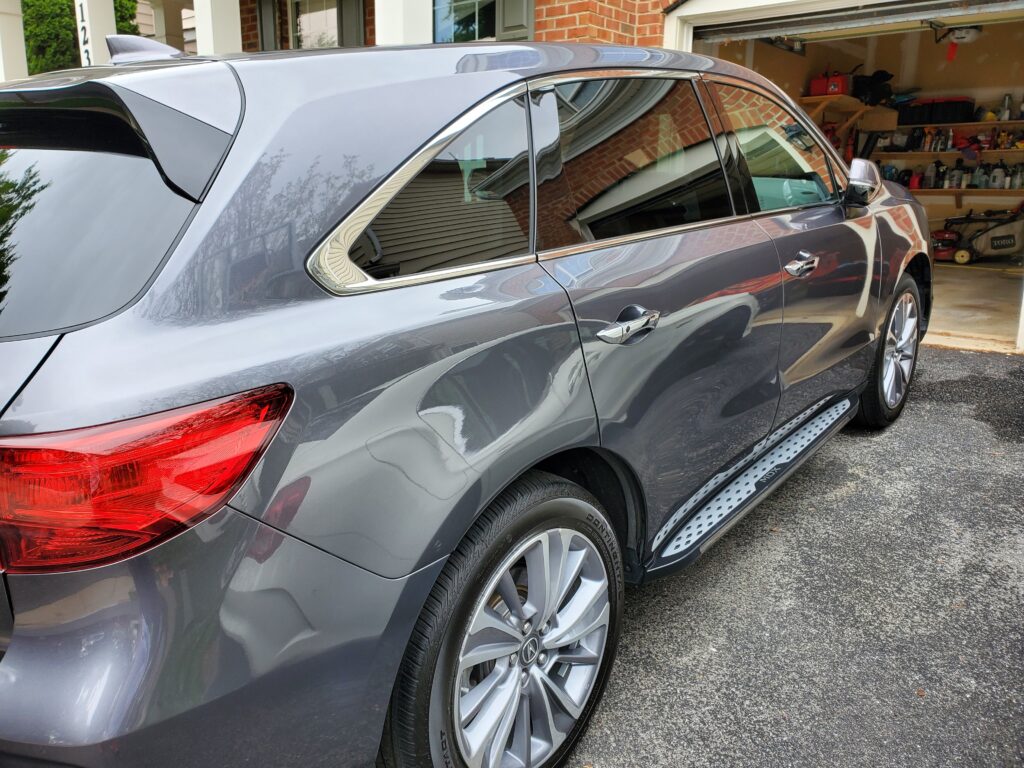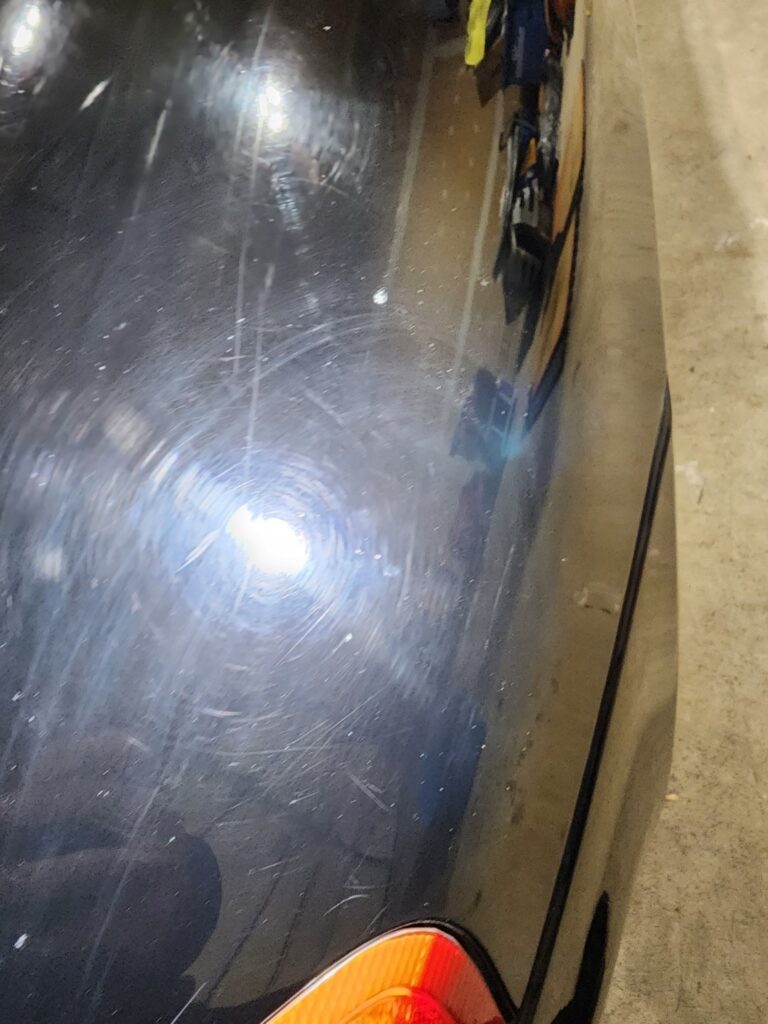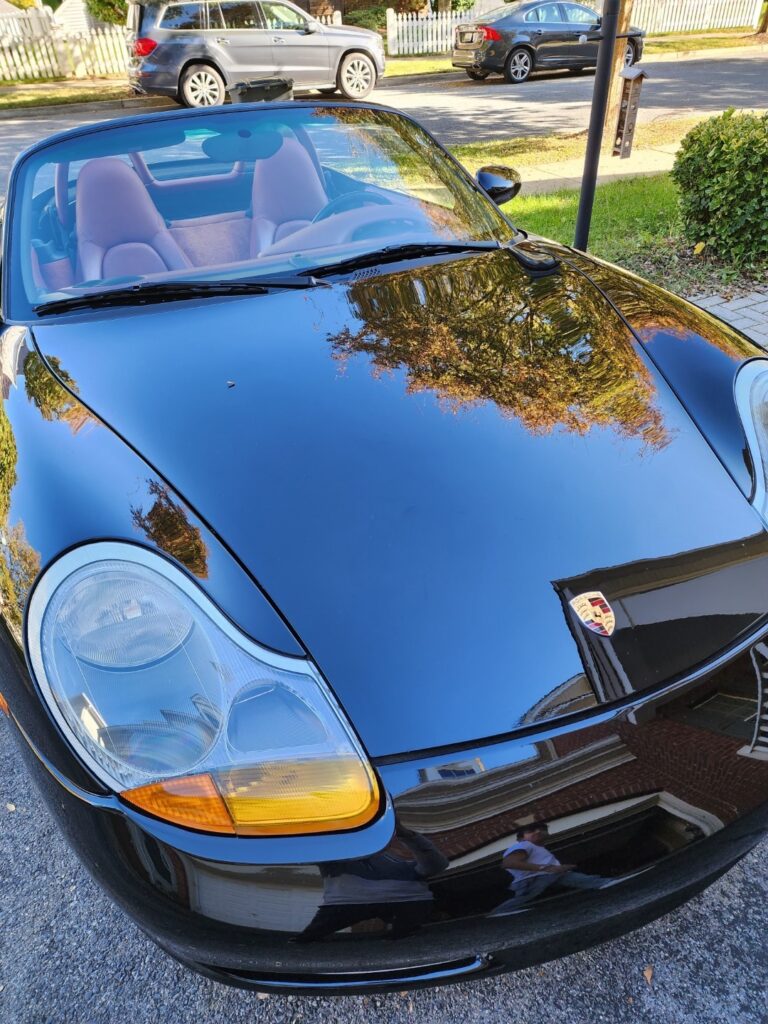
Introduction
Cars are not just means of transportation; they’re reflections of our personalities. One essential aspect that contributes to a car’s overall appearance is its paint. In this article, we’ll delve into the world of car paint correction, exploring what it is and why it matters.
What is Car Paint Correction?
Car paint correction is more than a cosmetic touch-up; it’s a meticulous process aimed at restoring and enhancing a vehicle’s paint finish. The goal is to eliminate imperfections, giving your car that showroom-quality shine.
Signs Your Car Needs Paint Correction

Identifying the need for paint correction involves recognizing signs such as faded paint, swirl marks, and oxidation. We’ll guide you through these indicators to ensure your car gets the attention it deserves.
DIY vs. Professional Paint Correction
Before you decide to grab a polishing pad, weigh the pros and cons of DIY methods against the benefits of entrusting your car to a professional paint correction service.
Steps Involved in Car Paint Correction
Unlock the secrets of a flawless paint finish by understanding the step-by-step process, from surface cleaning to waxing and sealing.
Tools and Products for Car Paint Correction
Discover the essential tools for a DIY approach and explore recommended products that guarantee optimal results for your car’s paint.
Common Mistakes to Avoid
Learn from the pitfalls others have faced, including over-compounding, using incorrect products, and skipping crucial steps in the paint correction process.
Benefits of Car Paint Correction

Beyond the aesthetic appeal, car paint correction offers protection against environmental damage and can significantly boost your vehicle’s resale value.
How Often Should You Perform Car Paint Correction?
Understand the factors influencing the frequency of paint correction and discover recommended timelines for maintaining that pristine appearance.
Hiring Professional Paint Correction Services
When to call in the experts? We provide insights into what to look for in a professional service and questions to ask before entrusting your car to them.
DIY Tips for Effective Car Paint Maintenance
Maintain your car’s shine between corrections with practical tips, including regular washing, drying, and the use of quality car care products.
Customer Testimonials and Success Stories
Real-life experiences speak louder than words. Read about others’ journeys with car paint correction and be inspired to give your vehicle the care it deserves.
Industry Trends in Car Paint Correction
Stay updated on the latest innovations in paint correction technology and discover sustainable practices shaping the automotive industry.
Conclusion
In the end, your car’s appearance is a reflection of your commitment to excellence. Consider car paint correction not just as a necessity but as an investment in your vehicle’s long-term aesthetic appeal.
FAQs
- What is the cost of professional car paint correction?
- The cost varies, depending on factors like the car’s size and the extent of correction needed.
- Can I perform paint correction on vinyl-wrapped cars?
- While possible, it requires specialized knowledge and tools. Consult a professional for the best results.
- Are there eco-friendly paint correction products available?
- Yes, eco-friendly options exist. Look for products with minimal environmental impact.
- How long does DIY car paint correction take?
- It varies based on factors like paint condition and the extent of correction. Plan for a thorough process.
- What should I do if my car has deep scratches?
- Deep scratches may require professional attention. Consult a paint correction expert for the best solution.
Advanced Techniques for Car Paint Correction
Now that you’re acquainted with the basics, let’s explore some advanced techniques used in professional car paint correction.
1. Wet Sanding
Wet sanding involves using fine-grit sandpaper and a lubricating liquid to remove imperfections. This technique is reserved for severe cases and requires precision to avoid causing more harm than good.
2. Paint Depth Measurement
Professionals often use paint depth gauges to measure the thickness of the paint layers. Understanding the paint depth helps in determining the extent of correction needed without compromising the integrity of the paint.
3. Ceramic Coating Application
After the correction process, applying a ceramic coating adds an extra layer of protection. This hydrophobic shield not only enhances the gloss but also guards against environmental contaminants.
Maintaining the Results
Achieving a flawless paint finish is an accomplishment, but maintaining it is equally crucial. Let’s explore some practical tips to preserve the results of your car paint correction efforts.
1. Regular Inspection
Periodically inspect your car for any new imperfections or signs of wear. Early detection allows for prompt correction, preventing the issues from worsening.
2. Gentle Washing Techniques
When washing your car, opt for a two-bucket method with a high-quality microfiber wash mitt. Avoid abrasive materials or aggressive scrubbing that could reintroduce scratches.
3. Parking Considerations
Choose shaded areas or invest in a car cover to shield your vehicle from harsh sunlight and environmental elements. This proactive step can significantly extend the life of your paint correction.
Conclusion
Car paint correction isn’t just a one-time fix; it’s a commitment to preserving the beauty of your vehicle. Whether you choose the DIY route or enlist professional help, the results are a testament to your dedication to automotive excellence.
Now that you’re armed with knowledge about car paint correction, take the first step towards transforming your car into a work of art. Embrace the journey, enjoy the process, and revel in the admiration your impeccably maintained vehicle will undoubtedly receive.
